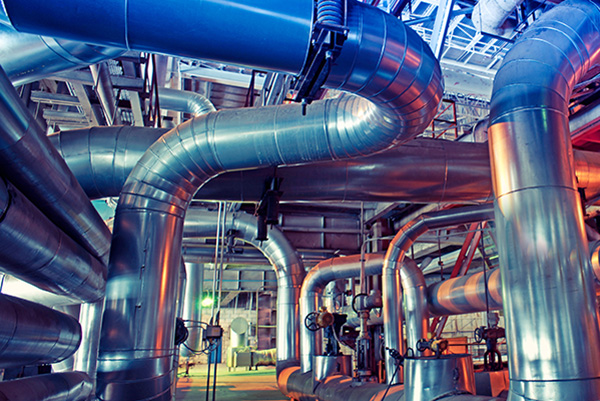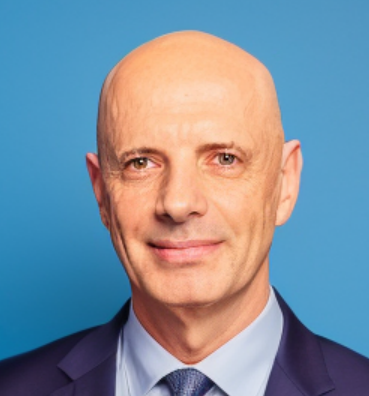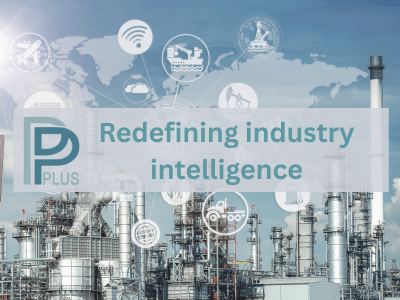Suspension Polymerization Process Overview and Comparative Benefits
Suspension polymerization involves polymerizing vinyl chloride monomer (VCM) droplets suspended in water, forming polymer particles that precipitate as they grow. It is the dominant method for commercial PVC production, accounting for 80-85% of global capacity due to its cost-efficiency, scalability, and ability to produce uniform, high-quality resin ideal for rigid applications like pipes and window frames, while effectively managing the exothermic reaction through water-based heat control.
Alternative methods face drawbacks: bulk polymerization struggles with heat dissipation and scalability, solution polymerization relies on costly solvents and yields lower molecular weight PVC, and emulsion polymerization introduces impurities from additives, limiting product purity. Despite these limitations, niche applications sustain other methods—emulsion produces fine particles for flexible plastisols (e.g., coatings, medical gloves), bulk ensures high-purity PVC for medical devices, and solution enables specialty films. Regional practices like the calcium carbide route persist where coal-derived acetylene is economical, despite environmental concerns. Thus, while suspension meets most industrial needs, other methods address specialized demands for flexibility, purity, or cost-driven regional production, ensuring their continued use in the diverse PVC market.
Key Chemical Reactions
Initiation
The polymerization begins when an initiator (typically peroxydicarbonate compounds) decomposes thermally to generate free radicals:
Initiator → 2R•
These radicals then react with VCM molecules:
R• + CH2=CHCl → R–CH2–C•HCl
Propagation
The activated monomer radical continues reacting with additional monomer molecules:
R–CH2–C•HCl + nCH2=CHCl → R–[CH2–CHCl]n-CH2-C•HCl
The propagation rate constant is given by:
kp = 3.3×106 exp{ −3700/RT }
Termination
Termination occurs through disproportionation or combination reactions:
Dispropornation
R1CH2C•HCl + R2CH2C•HCl → R1CH2=CHCl + R2CH2CH2Cl
Combination
R1CH2C•HCl + R2CH2C•HCl → R1CH2CHClCHClCH2R2l
Chain Transfer
Chain transfer to monomer significantly affects molecular weight distribution:
Cm = 125 exp{ -7300/RT }
Process Parameters
Reactor Conditions
- Temperature: 45-70°C (controls molecular weight; lower temperatures yield higher MW)
- Pressure: Initially ~10 bar, dropping to 3-4 bar at ~90% conversion
- Reactor Size: 60-200 m³, typically stainless steel or glass-lined
- Conversion: 85-90% (higher conversion risks "fish eyes")
- Cycle Time: Approximately 6.5 hours
Formulation Components
- VCM: 100 parts
- Demineralized water: 120-137 parts
- Suspending agents: 0.05-0.1 parts (typically polyvinyl alcohol with 70-75% hydrolysis)
- Initiators: 0.03-0.16 parts (e.g., peroxydicarbonate compounds)
Equipment and Processing Steps
Process Flow Diagram
Illustration shows the process flowsheet of the PVC suspension process that consists of a VCM polymerization reaction stage, PVC purification stage, unreacted monomer recovery stage, and PVC drying stage (water removal):
- R-101: Reactor
- V-101: Flash Separator
- T-101: Stripping Column
- B-101: High-Pressure Boiler
- E-101: Heat Exchanger
- C-101 / C-102: Compressor
- E-102 / E-103: Condenser
- S-101: Centriguge
- D-101: Rotary Dryer
- S-102: Cyclone
- H-101: Air Heater
Polymerization Reactor
A typical suspension polymerization reactor includes:
- Bottom-drive agitators to maintain droplet suspension
- External jacket cooling system and internal coils
- Various instrumentation (pressure, temperature controls)
- Feed inlets for VCM, water, initiators, and dispersing agents
- Safety features including pressure relief valves
Process Sequence
- Reactor Charging: VCM, demineralized water, and suspending agents are fed into the reactor
- Polymerization: Initiator addition starts the reaction; heat removal maintains isothermal conditions
- VCM Recovery: After reaching target conversion, slurry is sent to blowdown vessels and strippers
- Dewatering: The slurry is passed through centrifuges to remove water
- Drying: Wet PVC cake is dried to 0.2-0.3% moisture in fluidized bed or rotary dryers
- Screening: Final product is screened to remove oversized particles
Particle Formation Mechanism
- Initial Stage: VCM droplets (50-150 µm) are stabilized by suspending agents
- Polymerization: As polymerization progresses, PVC precipitates as primary particles within droplets
- Agglomeration: Primary particles aggregate and form a porous membrane structure
- Final Structure: Completed particles have 10-30% porosity, which affects plasticizer absorption
Process Yields and Economics*
- VCM Conversion: 85-90% per batch
- Production Cost: Approximately $650/ton, representing the lowest among PVC processes
- Steam Consumption: 0.25 kg/kg PVC during stripping
- Reactor Productivity: Modern plants achieve 450 kta capacity
*2015 figures
Key Process Considerations
- Suspending Agent Selection: Affects particle size distribution, bulk density, and porosity
- Polymerization Temperature: Crucial for molecular weight control via chain transfer reactions
- Reactor Cooling: The exothermic reaction (106 kJ/mol) requires efficient cooling
- Stripping Efficiency: Residual VCM must be reduced to <10 ppm
- Reactor Cleaning: Anti-fouling coatings reduce cleaning frequency and prevent "fish-eyes"
Commercial Suspension PVC Technologies
Several companies worldwide own and license commercial suspension PVC (S-PVC) process technologies. Here are the leading technology providers and licensors:
Westlake Vinnolit
- Technology Origin: Developed by Wacker Chemie in 1935, now part of Westlake Vinnolit.
- Licensing: Vinnolit licenses its high-performance S-PVC process globally, offering advanced reactor designs and efficient heat management systems. Their technology is recognized for low consumption figures, long reactor run times, and flexible grade production. Thyssenkrupp Uhde supplies the engineering, design, and project execution for plants built with the Vinnolit process, but does not license the technology independently.
INEOS Technologies
- Technology Origin: SolVin was a major commercial suspension PVC technology developed and licensed by the SolVin joint venture, originally established in 1999 by Solvay (75%) and BASF (25%) to consolidate their European PVC and PVDC activities. In 2015, SolVin’s vinyl activities, including its S-PVC technology, were integrated into INOVYN-a joint venture between Solvay and INEOS. Solvay subsequently exited the business, making INEOS the sole owner of INOVYN and the SolVin technology portfolio. Today, INEOS is a major PVC producer and the largest licensor of PVC, EDC, and VCM technologies in Europe.
- Licensing: INEOS licenses large reactor S-PVC technology optimized for high productivity, safety, and environmental performance. The company also supplies proprietary additives and process know-how.
JNC Corporation (formerly Chisso)
- Technology Origin: JNC (Japan) has developed its own S-PVC process and VCM removal technology.
- Licensing: As of April 2024, JNC has licensed its S-PVC process to 34 companies worldwide, with a total licensed capacity of 13.5 million tpy. They provide ongoing technical assistance to licensees. KBR is the global licensing and engineering partner for JNC’s suspension PVC technology, providing the commercial interface and technical services to clients seeking to build or upgrade PVC plants using the JNC process.
KEM ONE (with Technip Energies)
- Technology Origin: KEM ONE (originating from the vinyl products division of Arkema, itself a spin-off from the Total group’s chemicals branch) has developed its own S-PVC technology.
- Licensing: KEM ONE, in exclusive cooperation with Technip Energies since June 2018, licenses its S-PVC process globally and has held the largest market share in S-PVC licensing capacity. Technip Energies supports KEM ONE’s licensing efforts, prepares process design packages, and provides engineering expertise for S-PVC projects worldwide.
Other Notable Market Participants
- Vynova: Vynova is a Major European S-PVC producer, but primarily operates proprietary technology for its own production rather than licensing.
- Kuraray: Kuraray specializes in polyvinyl alcohol-based suspending agents for S-PVC production, supplying key process chemicals but not full plant technology.
References
Perplexity A.I. Research assisted description based upon publicly retrievable sources and documents, 16th-17th May 2025.










